Description
Parameter Specifications
Power Supply: It operates on a 24V DC power supply, with an acceptable voltage variation range of ±10%. This ensures stable performance even in environments with minor power fluctuations.
Input/Output Channels: The module features 16 digital input channels and 16 digital output channels. The digital inputs can handle signals from 0 – 24V, suitable for interfacing with a variety of sensors and switches. Each digital output can drive a load of up to 0.5A at 24V DC, which is sufficient for controlling small – to medium – sized actuators.
Communication: It supports the Modbus RTU communication protocol, with a configurable baud rate ranging from 9600 bps to 115200 bps. This allows seamless integration with other industrial control devices and systems.
Uses
Signal Acquisition: The digital input channels are used to collect status information from field devices such as proximity sensors, limit switches, and push – buttons. This data can be used for monitoring the operation of industrial equipment and processes.
Control Output: Based on the received input signals and pre – programmed logic, the digital output channels send control signals to actuators like relays, solenoids, and contactors, enabling the control of machinery and equipment.
Weight and Dimensions
Weight: Approximately 300 grams, making it relatively lightweight and easy to handle during installation and maintenance.
Dimensions: It has a compact design, with a length of about 120 mm, a width of 80 mm, and a height of 50 mm. This compact size allows it to fit easily into standard industrial control cabinets.
Characteristics
Reliability: Built with high – quality components, it can operate stably in harsh industrial environments. It is resistant to electromagnetic interference and can withstand a wide temperature range from – 20°C to 60°C.
Ease of Configuration: The communication settings and input/output parameters can be easily configured using software tools, reducing the time and effort required for setup and commissioning.
Isolation: It features electrical isolation between the input, output, and power circuits, which helps prevent electrical interference and protects the module from damage.
Application Areas
Industrial Automation: Commonly used in manufacturing plants to control and monitor production lines, conveyor systems, and robotic operations.
Power Generation: In power plants, it can be used to monitor the status of circuit breakers and control the operation of auxiliary equipment.
Building Automation: Applied in smart buildings for controlling lighting, HVAC systems, and access control devices, improving energy efficiency and building management.


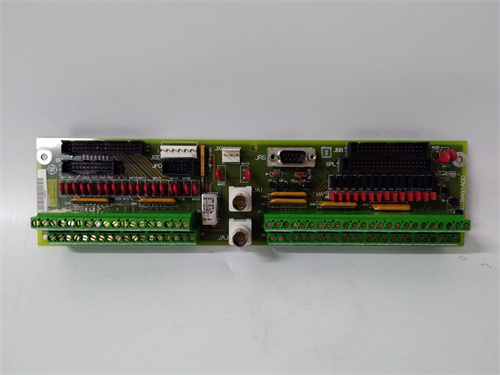



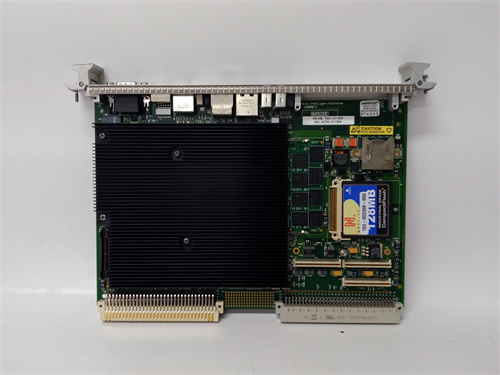


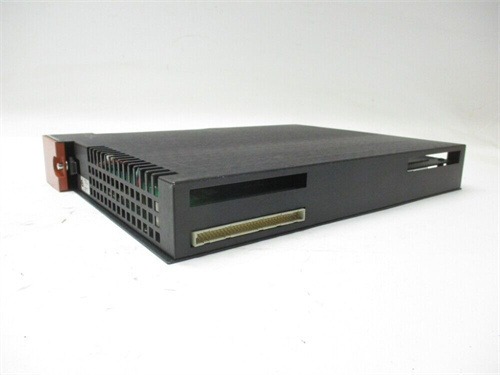
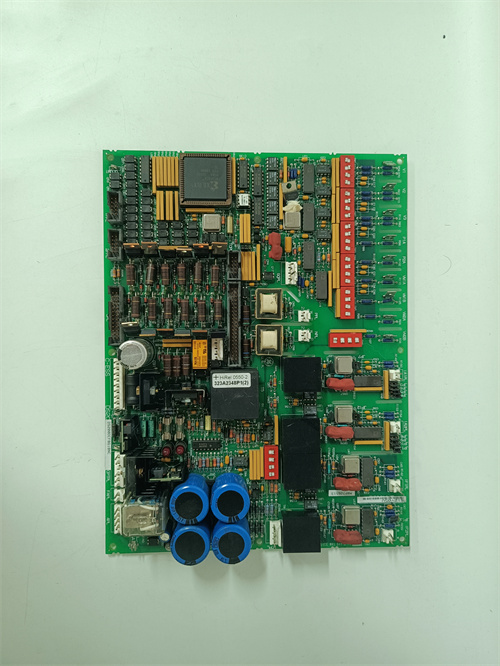
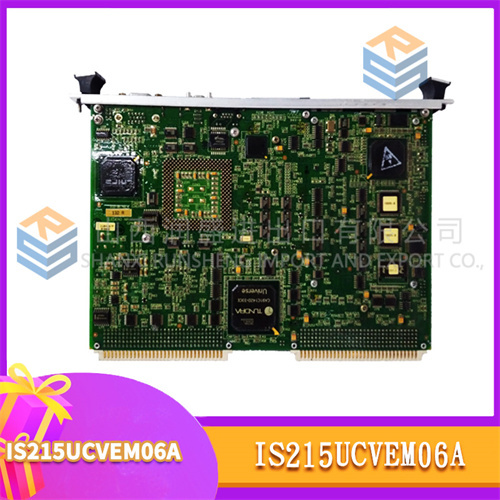
Reviews
There are no reviews yet.